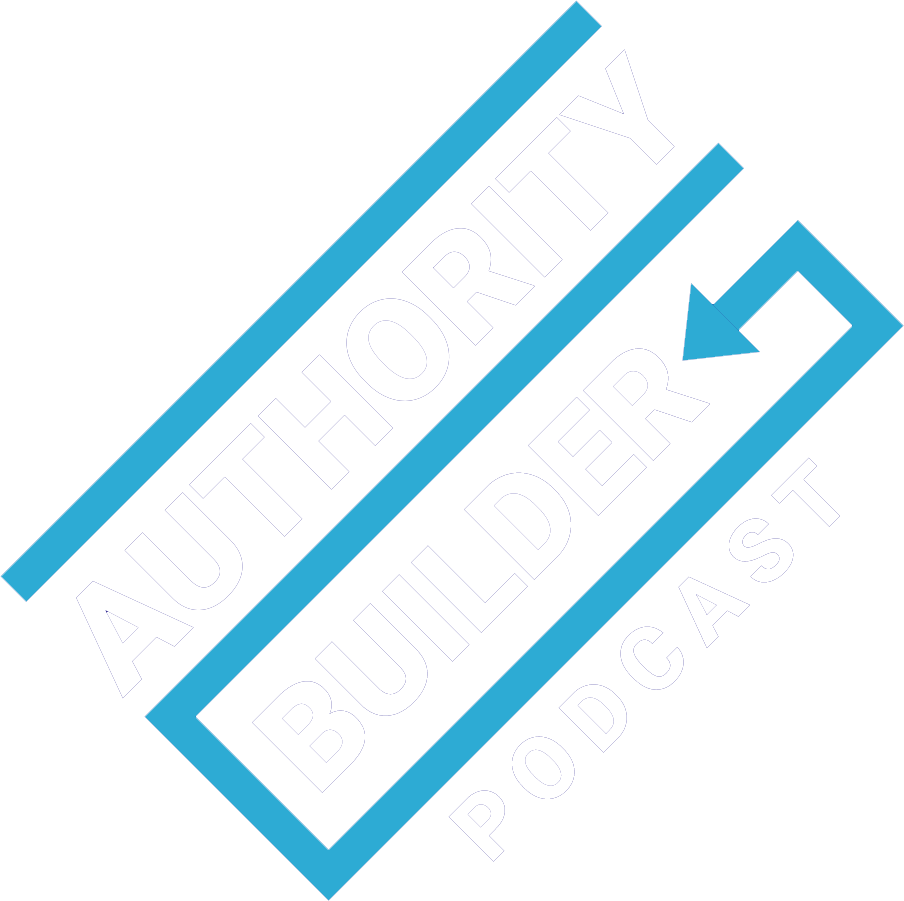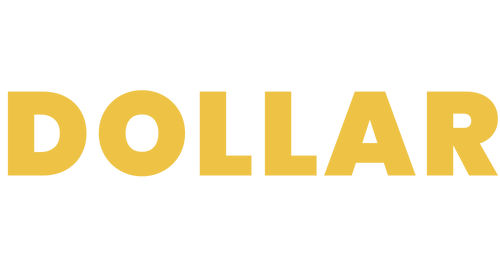In the popular imagination, the entrepreneur is a risk-taker… ready to change directions on a whim.
But the key to growing a business that will be sustainable in the long-term depends on a deep understanding who your ideal prospects are – the more specific the better – and then creating a system to reach them.
For most business owners, the number of new clients they need each year is much lower than they think. This actually requires a whole different marketing mindset than you’re used to. Referrals, networking, online marketing… it can all play a role. Just not the way you think.
We get into details on that, including…
- Why traditional Internet marketing doesn’t work for professional service providers
- How to identify your top 100 prospects (and you only need 100)
- Ways to effectively communicate the true value you bring to the table
- The secret of relentless follow-up
- Adopting a mindset of abundance rather than scarcity
Listen now…


